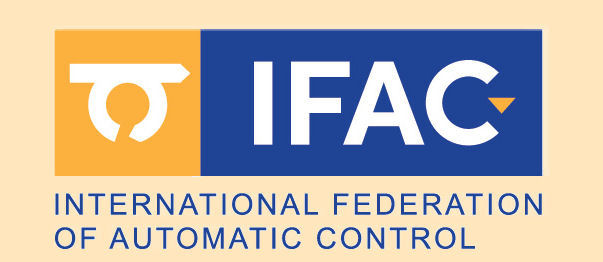| Paper FriS2T4.3
EL HADIRI, Abdejalil (Hassan II University ENSET Mohammedia), BAHATTI, Lhoussain (ENSET MOHAMMEDIA - HASSAN II university in Casablanca), El Magri, Abdelmounime (IESI Laboratory, Department of Electrical Engineering, ENSET Moh), Lajouad, Rachid (Hassan II university of Casablanca (Morocco), ENSET Mohammedia ()
A Novel Brain-Machine Safety System Based on Drowsiness Detection using the PNN and MLP Algorithms
Scheduled for presentation during the Regular Session "Miscellaneous" (FriS2T4), Friday, July 12, 2024,
12:10−12:30, Session room 4
12th IFAC Symposium on Control of Power & Energy Systems, July 10-12, 2024, Rabat, Morocco
This information is tentative and subject to change. Compiled on January 2, 2025
|


 This site is protected by copyright and trademark laws under US and International law.
This site is protected by copyright and trademark laws under US and International law.